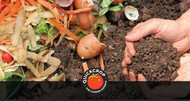How To Speed Up the Composting Process

Composting is a natural process that transforms your food scraps and garden waste into rich, crumbly ‘black gold’: the finest soil enhancer you can get your hands on. However, for the eager gardener that process can sometimes take longer than we’d like!
The speed at which organic waste breaks down into usable compost can depend on a number of factors - such as the design of your compost bin, the mix or ratio of materials you add to it, or the temperatures at which composting takes place.
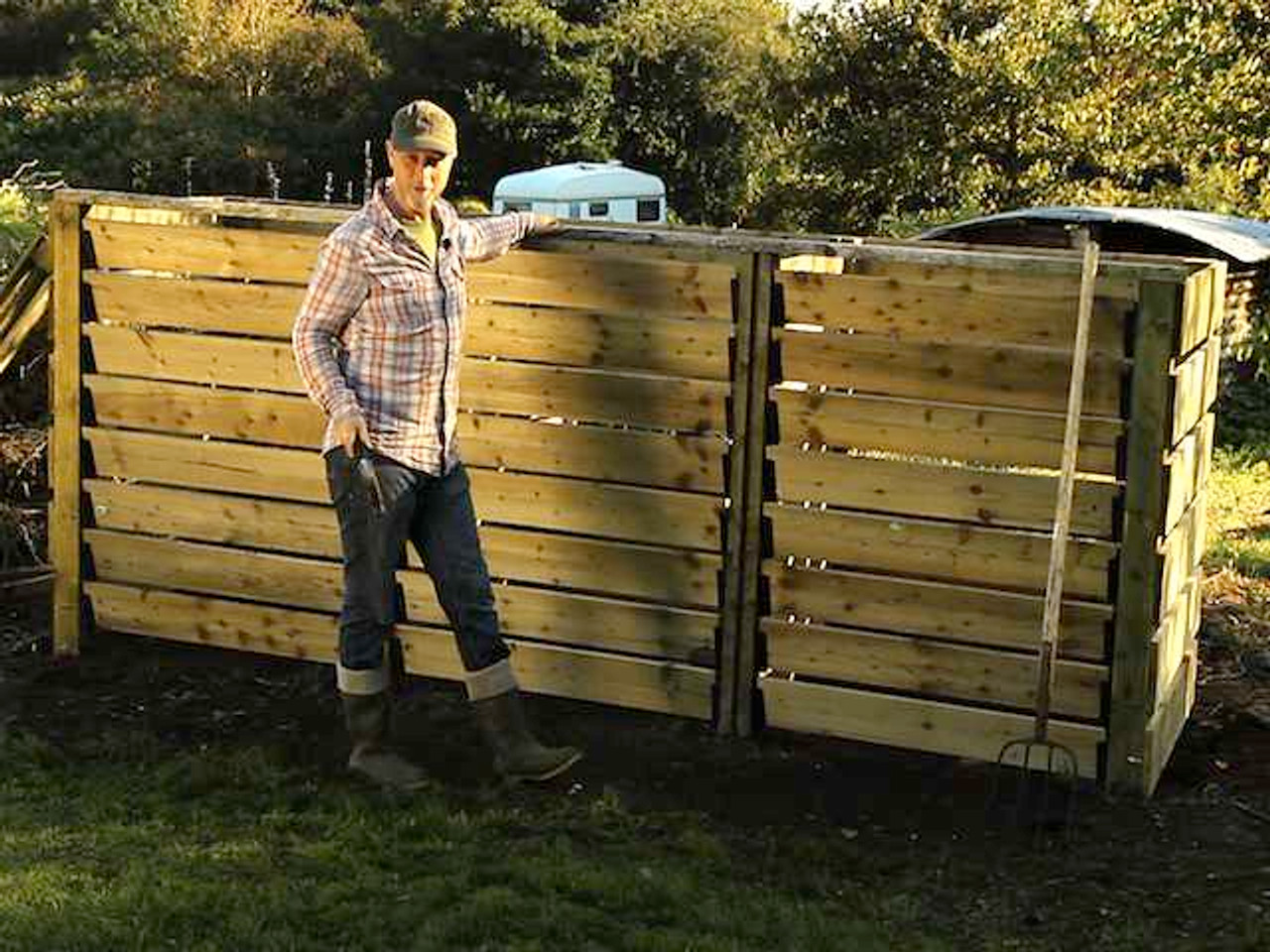
Treble Bay Easy Access Timber Composter
View ProductFast Composting vs Slow Composting
On a scientific level, composting is driven by microbial activity: bacteria, fungi, and invertebrates break down and process organic matter into the rich, crumbly material that we recognise as garden compost.
Temperature plays a key role here: with rapid composting systems, the internal temperature can range from around 50-65°C, which accelerates decomposition while killing many weed seeds and pathogens.
Another key part of the composting process is oxygen. While composting can still take place in anaerobic, controlled conditions (e.g. biogas), for home composting you should ensure that your compost pile has some air circulation: otherwise you will end up with a smelly or inefficient compost pile. You can aerate your compost by turning it or by rotating the container.
Slow composting (sometimes referred to as passive composting) takes place at lower temperatures, such as in an unsealed timber bay or container. Microbes are still active in these conditions, but the decomposition process takes longer.

A compost pile left largely untouched can take over a year to decompose (sometimes two), but if you are willing to put in the work of regular turning, mixing and paying attention to ratios, this timescale can be shortened considerably.
Rapid composting works by accelerating the decomposition process through a combination of high heat, optimised moisture levels and regular aeration (which is made easier and more user-friendly with rotating composters such as the Joraform).
Fast composting can be achieved with traditional piles (in the summer months at least), but the best option - and one that enables year-round fast composting - is using robust, well-insulated or sealed containers.
Provided you watch the ratios of (nitrogen-rich) greens and (carbon-rich) browns that you are adding, these composters create optimum conditions for efficient composting, with consistent moisture levels similar to a wrung-out sponge.
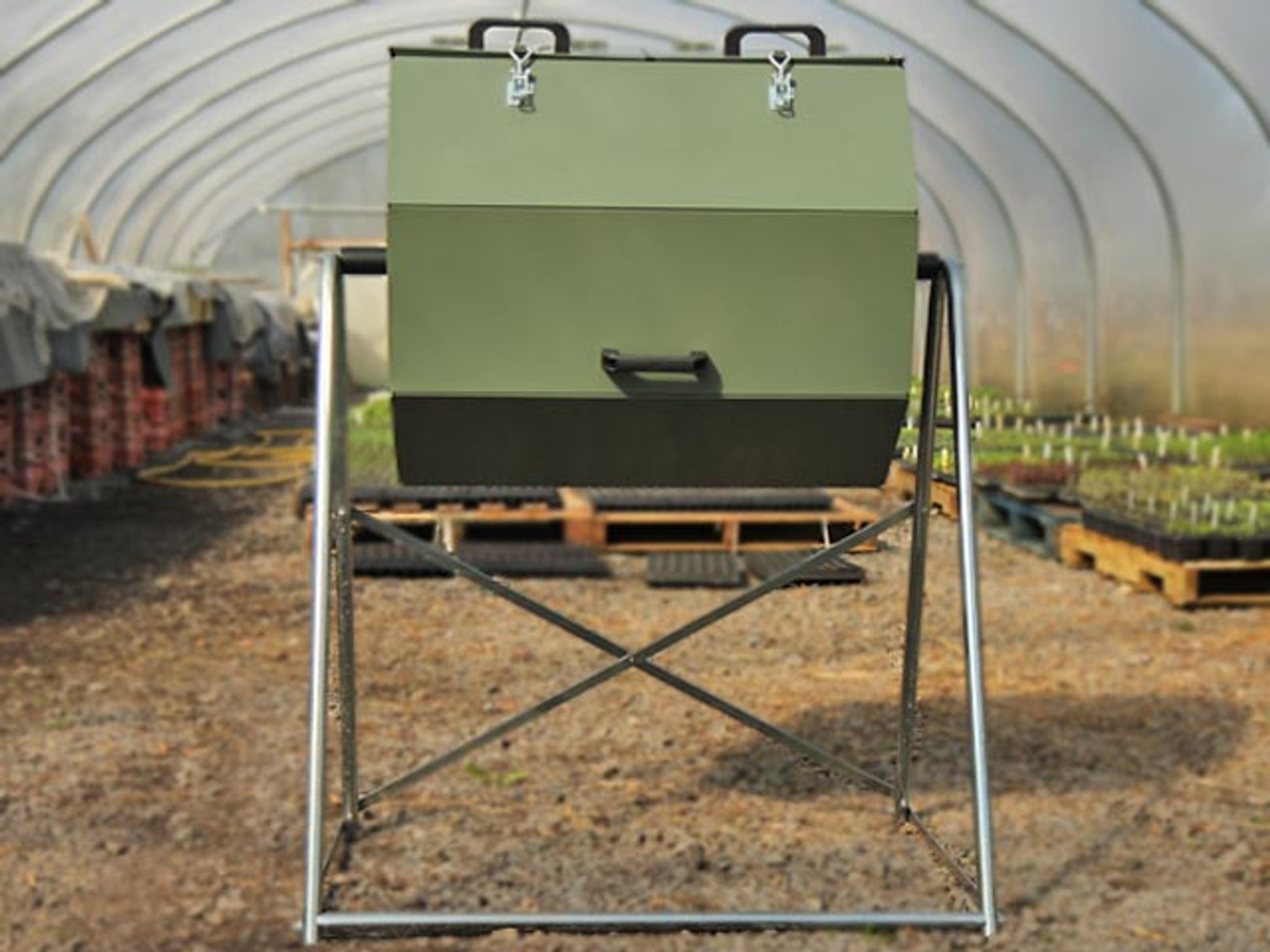
Joraform Compost Tumbler JK125 'Little Pig'
View ProductYou can also add meat, dairy and cooked food scraps that would be unsuitable for slow composting due to the smell attracting rodents.
How to Speed Up Composting
Even with a basic, non-insulated compost heap, there are some techniques you can employ to speed up the decomposition process.
1. Carefully Balance Green and Brown Materials
Composting is a more efficient process when there is a healthy balance between ‘brown’ and ‘green’ materials. Aim for roughly 2 to 3 parts brown x 1 part green (by weight). In volume this will look more like 50/50, as the brown material weighs less than the green.

You will sometimes see much higher ratios that are (likely) based on mathematical ratios of carbon to nitrogen; this can be very confusing and it’s best to think of the ratio in terms of volume or weight.
Examples of greens (nitrogen-rich): food scraps, fresh grass clippings, coffee grounds, manure.
Examples of browns (carbon-rich): dry leaves, straw, shredded cardboard, sawdust.
Nitrogen is crucial for microbial growth and reproduction. However, too much nitrogen can actually slow decomposition and lead to strong odours from ammonia (essentially excess nitrogen). If you need to boost your compost’s nitrogen levels and lack enough food scraps, visit your local cafe and offer to take their used coffee grounds; in many cases they will be happy to see them put to good use.
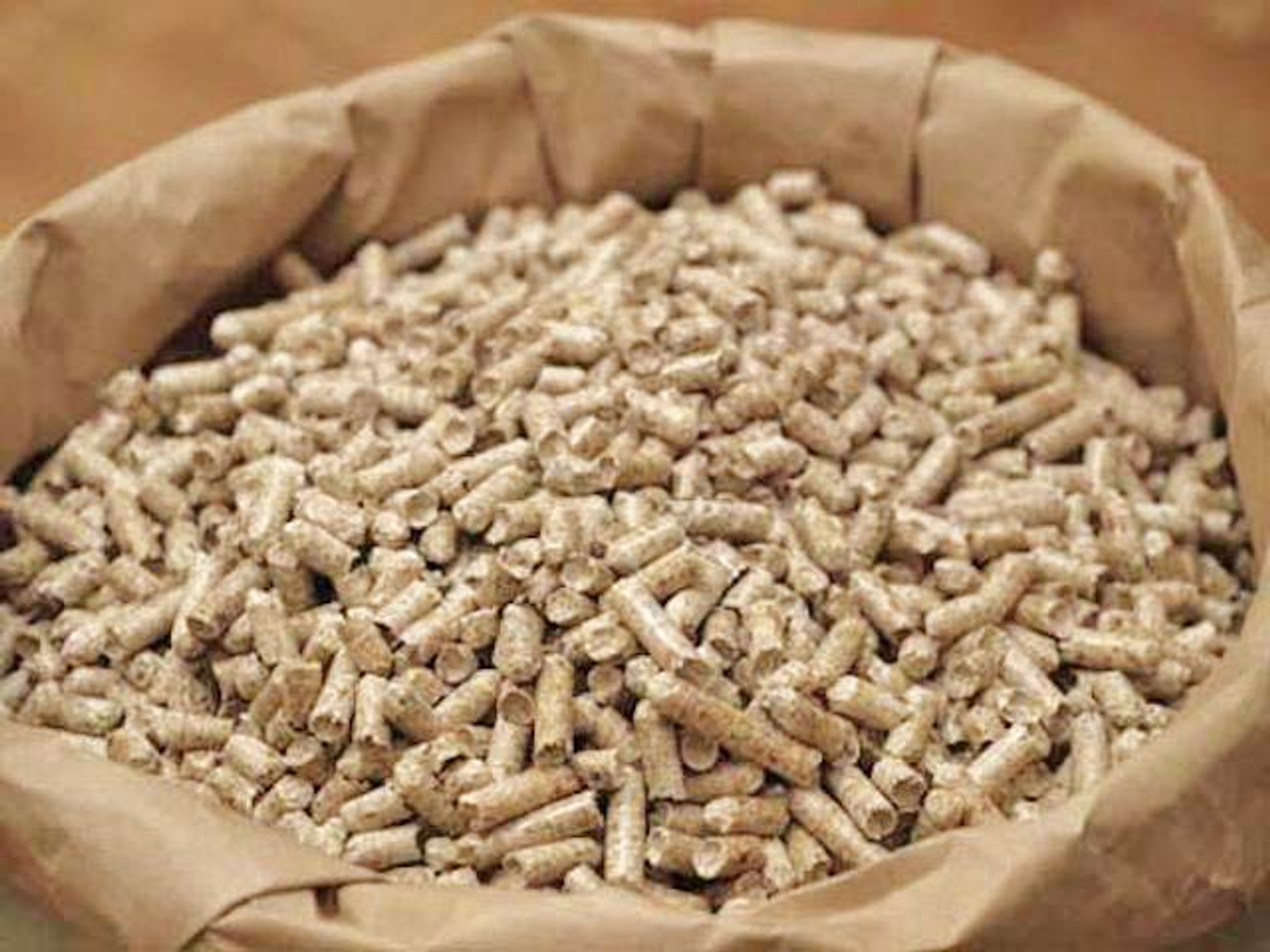
Wood Pellets for Composters
View ProductThe role of carbon materials, on the other hand, is to improve the structure of the compost - as well as serving as an energy source for microbes. Adding an appropriate balance of brown materials allows oxygen to circulate and prevents the pile from becoming compacted, slimy or soggy.
For even more optimal results, consider ‘layering’ greens and browns as you go to avoid dense pockets of one material.

2. Chop or Shred Materials Before Adding
The smaller the pieces of organic material that you add to your pile, the faster microbes can break them down. Cutting up larger food leftovers, shredding cardboard, or running a mower over leaves before adding them to the compost pile helps to accelerate the decomposition process.
3. Turn the Pile Regularly
Regular turning or aerating introduces oxygen and encourages air circulation throughout the pile. It helps to prevent compaction and redistributes moisture and heat, leading to more even decomposition.

How often your compost pile needs to be turned depends on the volume of material as well as the types of material added. Doing so weekly is a good guideline, but smaller volumes of compost - or piles consisting of finer materials - may require less regular turning.
Of course, tumbling composters make this aspect of home composting much easier and less work-intensive (see below for more info).
4. Maintain Moisture Levels
A compost heap should ideally feel like a damp sponge: moist but not waterlogged. Too much moisture can cause anaerobic conditions as excess water fills air spaces, while too little will slow down microbial activity.
5. Place Your Compost Heap in a Warm, Sunny Spot
Positioning your compost heap in a sunny area if possible can encourage warmer composting temperatures, which in turn leads to faster decomposition.
6. Compost Activators
Compost activator products are available if you feel that your compost heap is performing a bit sluggishly. These typically contain beneficial microorganisms, enzymes, or nutrient-rich additives that jumpstart microbial activity. Activators can help if composting is slow due to cold weather or if there is an overabundance of tough, carbon-rich material.
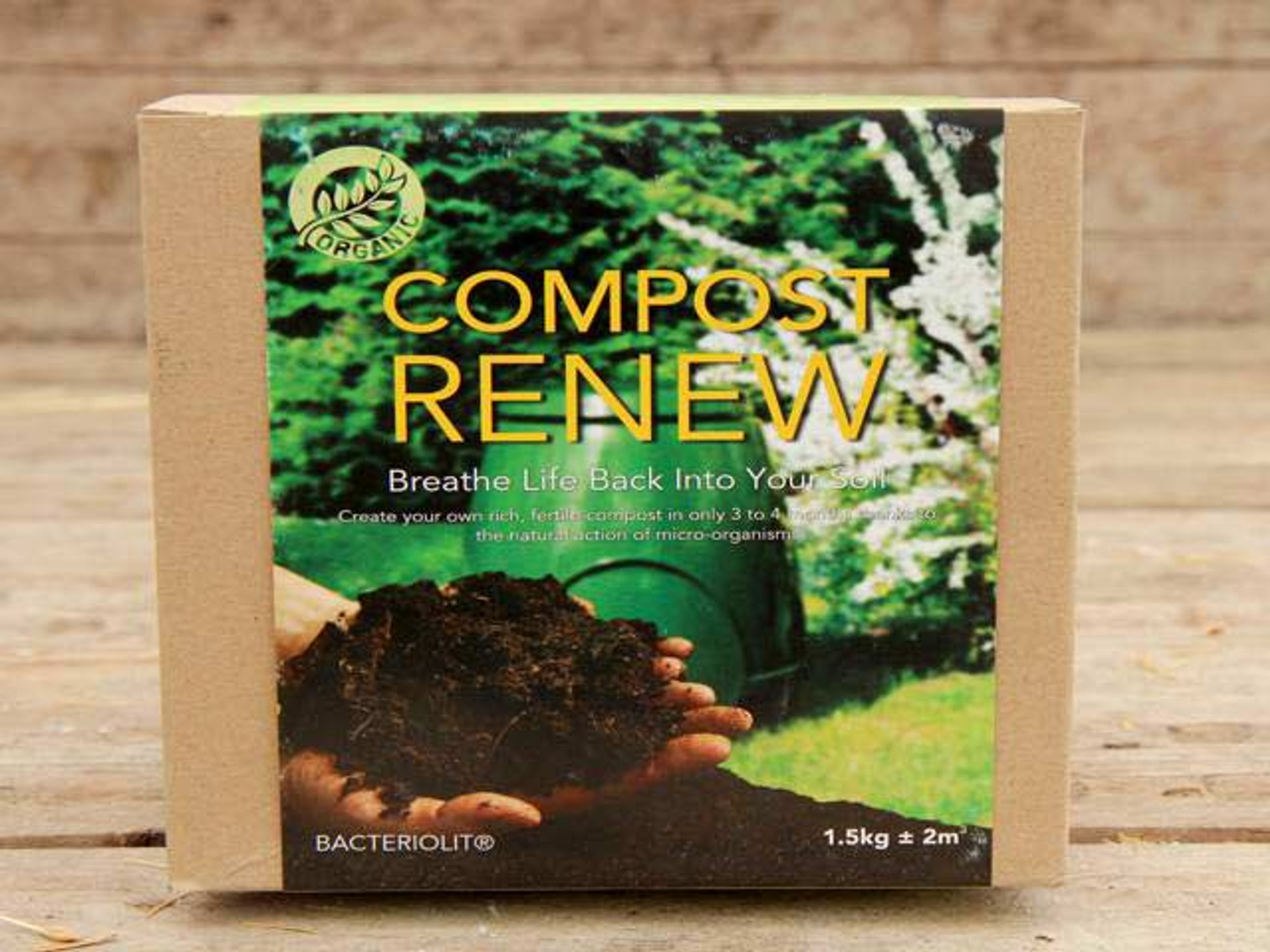
Compost Renew - Compost Accelerator 1.5kg
View ProductRapid Composters
Rapid composters are designed to create optimal conditions for fast decomposition. Some of these units can produce finished compost in as little as 6-8 weeks, considerably shortening the process. As you can imagine, they have great value to home growers and in the long-term can really save on garden input costs.
Benefits of Fast Composting
- Rapid turnaround time: Compost can be ready to use in the garden in a matter of weeks rather than months.
- High heat can kill pathogens and weed seeds when sustained, resulting in a healthier growing medium.
- Reduced odours: Rapid composters tend to be well-insulated with tightly fitting lids. They may not be entirely rodent-proof in all cases, but the high heat composting - as well as regular turning and adding balanced ratios - prevents odours from developing.
- More food scraps can be added: because food is broken down quicker in high heat conditions (and because of the enclosed or sealed nature of many rapid composters), you can add meat, dairy and cooked food scraps without worrying about attracting rodents (the main reason it is not recommended to add these food scraps to 'cold' compost piles).
- Consistent control over moisture and aeration streamlines the process and improves the quality of your finished compost.

A Guide to Rapid Composters
The HotBin
The HotBin composter was selected as a BBC Gardener’s World ‘Best Buy’, due largely to how fast it is at doing its job and how suitable it is for small spaces. The unassuming ‘wheelie bin’ design won’t win any aesthetic prizes, but the upshot is that it comes almost fully assembled, and you can get composting at high temperatures pretty much straight away.
The HotBin is made primarily from recycled polypropylene plastic, which is an excellent insulating material and allows interior temperatures to reach 40-60° C. The extra heat enables you to compost up to 32 times faster than with regular ‘cold’ composters, as well as allowing you to add cooked food scraps, meat, fish and small bones.
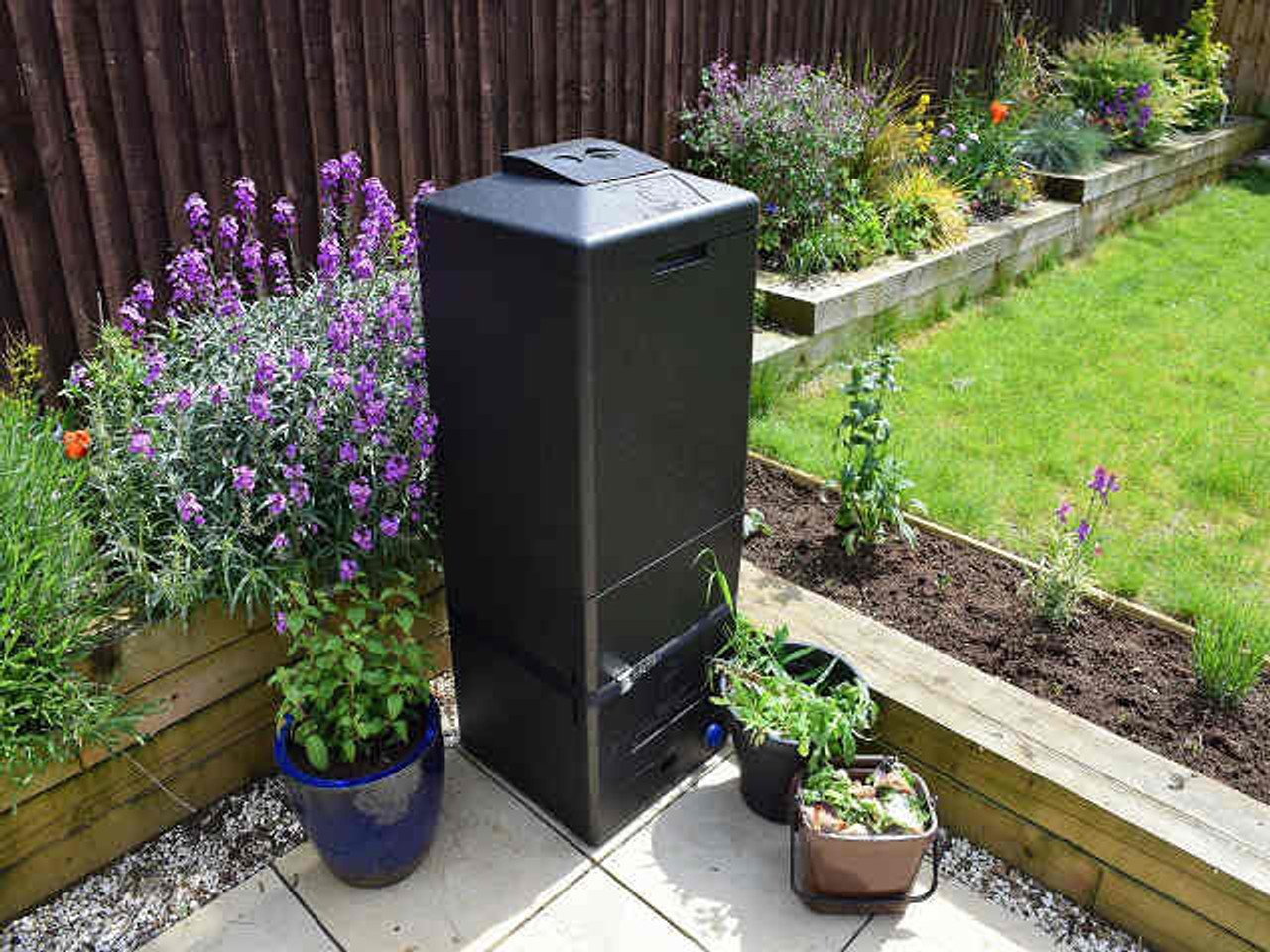
Hotbin Mini Compost Bin (100 ltr)
View ProductHotBins can produce rich, usable compost in 30-90 days: after a month it will likely be usable but somewhat rough, so it’s worth leaving it a little longer to ensure a fine consistency.
The lid features a thermometer that gives you a fair indication of the interior temperature, as well as an adjustable air vent. A reservoir at the base collects leachate, which can be collected and (diluted) used as liquid fertiliser.
The Hotbin comes with a stirring rake (for mixing and aerating compost), cam straps to secure the front panel and an interior thermometer. A hot water bottle is also provided for the purpose of kickstarting the composting process when temperatures fall below 15° C: the latter can sometimes happen in winter, or if it has been a long time since you added any material.
For best results with the HotBin you should add plenty of bulking material to create air spaces, as well as pre-mixing your organic materials before adding them. Full instructions are provided with the composter.

Joraform Composters
Joraform composters are Swedish-designed insulated tumblers that excel at handling a wide range of food and garden waste, including cooked leftovers, meat, fish, and dairy products. The efficient dual-chamber design means that you can keep adding fresh material to one side while the other side is left to mature.
Sturdily constructed with galvanized steel panels and heavy-duty foam insulation, Joraform tumblers maintain high temperatures (often 50-75 °C) very effectively, making them particularly well-suited for year-round composting. The tumbling action not only aerates the material but also speeds up decomposition and makes it much easier to correct imbalances in the mixture.
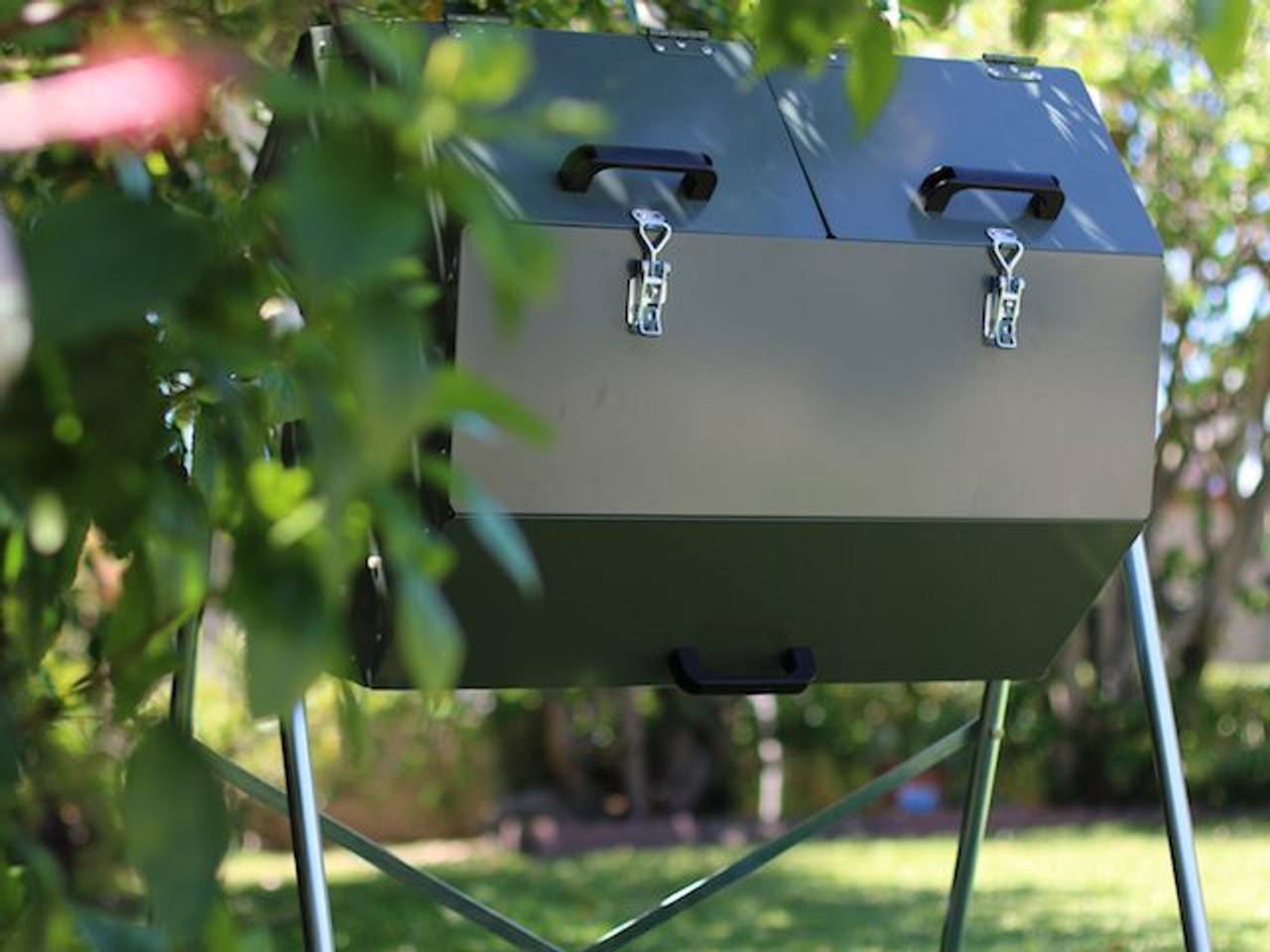
Joraform Compost Tumbler JK270 'Big Pig'
View ProductOnce a chamber has been left to mature, the Joraform can take just 6-8 weeks to produce rich, crumbly compost. Harvesting the finished material is made easier by the fact that the unit is raised off the ground on a frame; this also adds an extra element of rodent-proofing.
A range of Joraform models are available: the JK125 and 270 will suit many households and gardens, while there are larger capacity versions that can be used by community gardens, schools, restaurants or hotels.

Ridan Composters
Ridan composters or biodigesters are intended for commercial premises like restaurants, cafes or schools. They enable efficient on-site waste management, with the ability to process up to 200kg of food waste a week.
The Ridan composting process takes place in two distinct stages: an active (or thermophilic) composting stage and a maturation stage. The former takes place in a cylindrical green container that is raised off the ground on a weatherproof stainless steel frame.
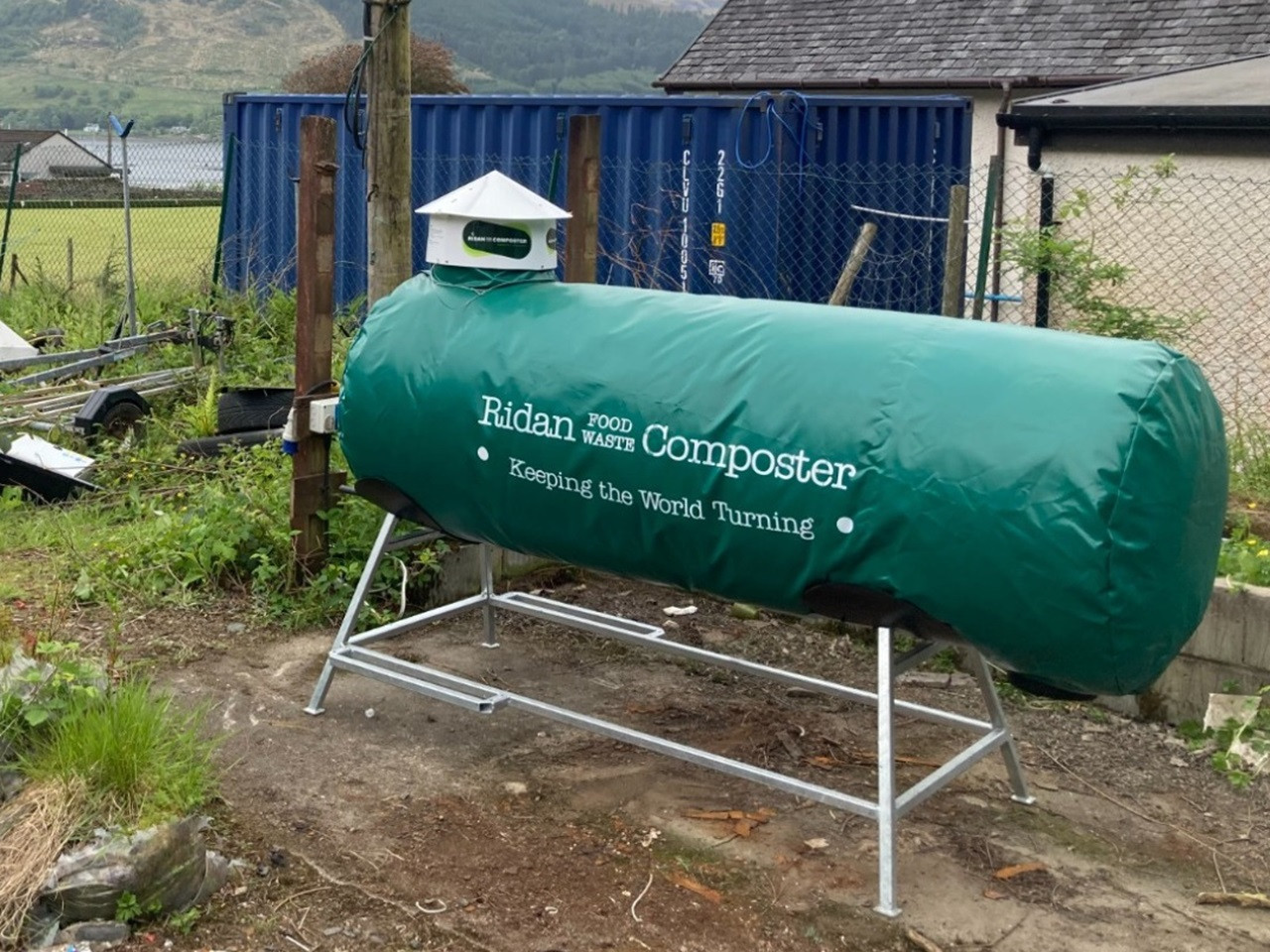
Ridan Pro 200 Composter
View ProductThe composter has an insulating jacket which helps retain heat, while a handle allows for easy turning and aerating of your organic materials. Temperatures inside the Ridan can reach 40-60 °C, leading to fast and efficient composting and plenty of microbial activity.
While this active composting stage can be as short as 2 weeks, the broken down material should then added to a purpose built Ridan Maturation Bin, where it is left to mature for 12 weeks or so (or longer in winter).
The Ridan is a very popular composer in schools, where it can serve as a fun way to educate pupils about natural cycles, sustainability and so on, and where it has been nicknamed the ‘dragon on the roof’.

Hozelock EasyMix Composter
For a more compact, space-saving and budget-friendly alternative, there is the Hozelock ‘2 in 1’ Easymix composter. The 100 litre capacity can suit the needs of a family of four. Turning the rotating drum just once or twice a week accelerates the decomposition process, and it can produce garden-ready compost in 6-8 weeks - three times faster than traditional methods.
When 75% full the drum can produce 40-50kg of compost. The hermetic design prevents odours and pest problems. One bonus advantage of this compact composter is that it can be ‘rolled’ to the area where you want the compost to be spread.
The ‘2 in 1’, by the way, refers to a tank at the bottom of the unit where you can collect nutrient-rich liquid feed produced during the composting process. This also includes a ‘Click and Spray’ hose attachment feature.
